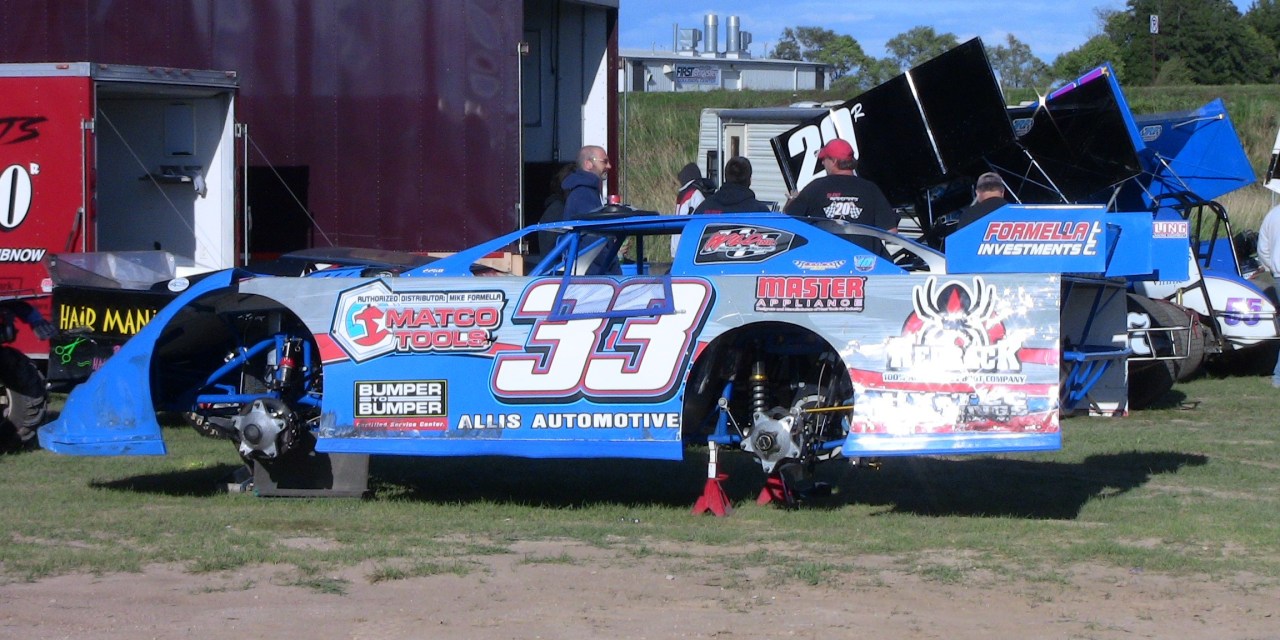

Hrd version 5.24.38 download tv#
A directive version with a curtain reflector and Yagi directors is used as a TV receiving antenna. I later found this antenna published and developed in various magazines.Ī few years ago, in the early 1990s, I saw it used by RTF (French TV) to keep contact between the cameras on the bikes and the repeater helicopter at the Tour de France. I think he made the first one out of vineyard wire.
Hrd version 5.24.38 download series#
He used it in his country house in Fabbrica di Peccioli, making it rotate on itself with a series of references made from bicycle chains and gears to vary the polarization. This antenna made me know, IW5ARM Luigi Del Turco Rosselli of Pisa in the 70s. If you want to move by 100 kHz 80 meters bandīand, total length to be shortened, and corrensponding single leg length. Note that on vertical antennas also ground radials need to be adjusted. This method can be used also when you need to add lenght to your wires, and can be additionally used to quarter waves vertical antennas, dividing by 2 the final result. The dipole will have to be shortened of 36,5 cm and therefore 17,75 cm each leg. So, assuming your antenna for 40 meters band, is 21.60 m you will have You will obtain the percentage of the total lenght to be cut. You need to multiply the difference in kHz (120)by 100 and dividing by the desired frequency (7070) in kHz. You need therefore to change the wire total lenght in order to move the center band of 7070-6950 and therefore of 120 kHz. If you wan to tune a dipole on 7.070 kHz, while the lower SWR is at 6.950 kHz, you need to short the wires, since it is obviously too long. This is a standard calculation method that can help you while tuning dipole antennas, by adjusting wire lengths.įor my opportunity I will use the metric unit in this article, but you can easily convert to inches. To find the correct impedance adaptation, not being able to move the feed point, as happens in the classic J, after drilling the support I had to ovalise the holes themselves, creating slots, to be able to move the elements away from each other or closer together, especially as regards the distance between the radiating element and the UHF one.

In the realisation of the antenna, the measurements of the elements are not critical and can be adapted with minimal variations depending on their diameter, while the distance between them can be critical The power supply to the radiator, which must be isolated from the support, can be easily realised with a car antenna base, designed for mounting on the bodywork through a hole. This type of connector, which really meet very well our needs, is unfortunately not easy to find.

I disassembled the central pin and soldered it to the radiating element made of 8 mm diameter copper pipe, which was then reassembled in the connector, insulating the initial part for a few centimetres using a piece of nylon pipe. To feed the radiator I used a special panel connector. Rectangular aluminium profile 4 x 6 cm, 18 cm long, and rounded at the end at element B (see photo) to fit the radiator connector and drilled to fit the other elements and drilled to insert the other elements.


 0 kommentar(er)
0 kommentar(er)
